Culture of Phalaenopsis, Queen of Orchid
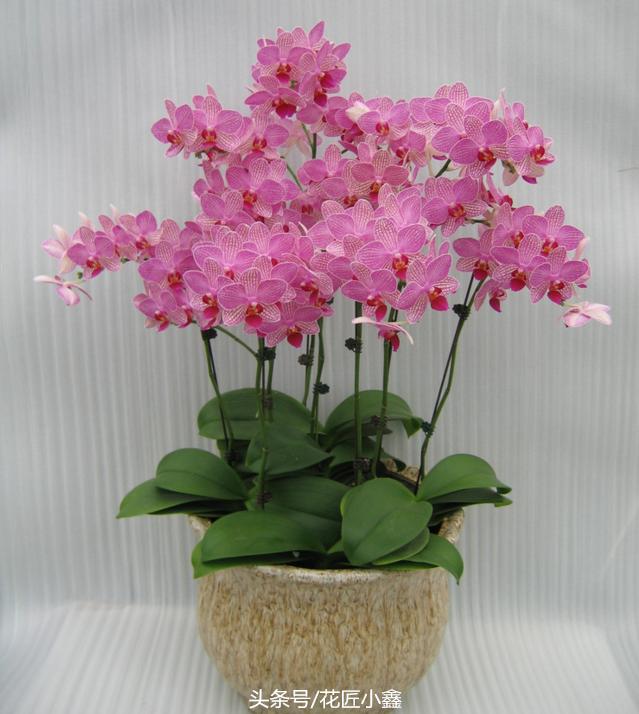
Phalaenopsis is native to Asia, and more than 70 original species have been recorded since it was first discovered in 1750. Phalaenopsis is an orchid flower with short stems and large leaves, arched stems and large petals, like a pair of wings of a butterfly. The flower language of Phalaenopsis is that I love you and happiness comes to you, representing loyalty, wisdom, reason and virtue. When you use your carefully cultivated Phalaenopsis to form a bouquet and give it to him / her, the other person will feel your good intentions.
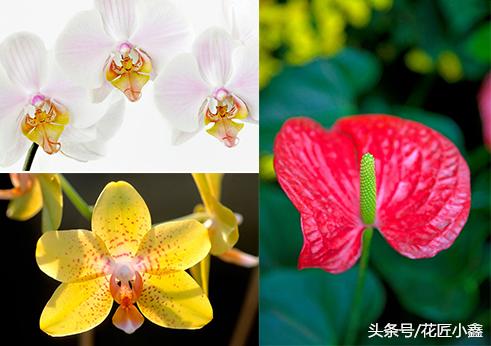
Temperature indoor cultivation of Phalaenopsis must first ensure the temperature, Phalaenopsis likes high temperature, in the growing period to keep the lowest temperature above 15 ℃. Especially in winter, special attention should be paid to taking warming measures to ensure the safety of Phalaenopsis. On the contrary, if the temperature is too high, more than 32 ℃, it will also hinder the growth of Phalaenopsis, so it is necessary to prepare for cooling in the hot summer. During flowering, the night temperature should be controlled in the range of 13-16 ℃, which can prolong the flowering period.

Watering Phalaenopsis likes a high humidity environment, such as insufficient humidity will cause foliage wrinkles and weakness. The suitable humidity of Phalaenopsis is 60%, 80%, especially during the peak growth period. It can be watered at 9 o'clock and 13:00 in summer, around 17:00 in spring and autumn, and every other week in winter, before 10:00. In addition, do not spray water on flowers when watering during flowering period. Tap water should be stored for more than 72 hours.
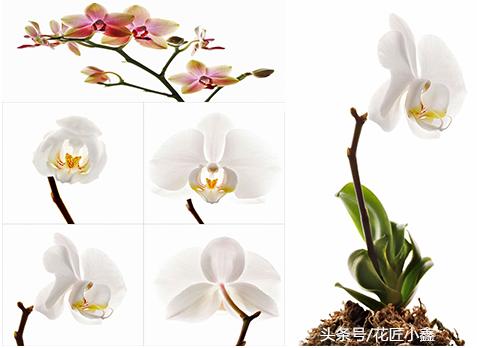
Phalaenopsis likes shade with light ventilation, but Phalaenopsis should be exposed to appropriate scattered light before and after flowering, which can make Phalaenopsis blossom, beautiful flowers and long flowering period. A well-ventilated environment is more suitable for the growth of Phalaenopsis, especially in summer, ventilation can help cool down and prevent heat, but also avoid diseases and insect pests.

Nutritional supplement Phalaenopsis fertilizer throughout the year, regardless of winter and summer. Apply organic fertilizer every 7 to 10 days before flowering in spring and summer, stop fertilization when there are buds, grow leaves after flowering, apply nitrogen and potassium fertilizer, promote flower stem growth in autumn and winter, and apply phosphorus fertilizer every 2-3 weeks. After watering in the afternoon, the orchid pots and plants were washed with water several times to prevent residual inorganic salts from eroding the roots.
- Prev
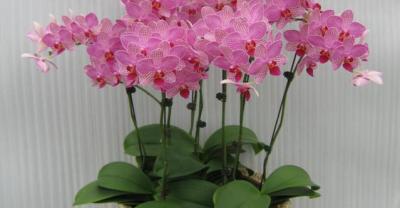
Culture methods and matters needing attention of auspicious grass
It is also known as "Songshou Orchid", "Xiaoye evergreen", purple clover and so on. It is a perennial evergreen herb of Liliaceae. Produced in Jiangsu, Zhejiang and Ann.
- Next
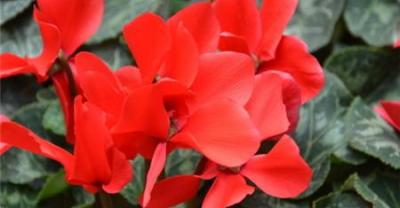
Culture methods and matters needing attention of clove flowers
Lilac, also known as lilac, is a common ornamental flower, in addition, lilac is also the city flower of Harbin, Heilongjiang Province. Lilac flowers are elegant and elegant.
Related
- On the eggshell is a badge full of pride. British Poultry Egg Market and Consumer observation
- British study: 72% of Britons are willing to buy native eggs raised by insects
- Guidelines for friendly egg production revised the increase of space in chicken sheds can not be forced to change feathers and lay eggs.
- Risk of delay in customs clearance Australia suspends lobster exports to China
- Pig semen-the Vector of virus Transmission (4)
- Pig semen-the Vector of virus Transmission (3)
- Five common causes of difficult control of classical swine fever in clinic and their countermeasures
- Foot-and-mouth disease is the most effective way to prevent it!
- PED is the number one killer of piglets and has to be guarded against in autumn and winter.
- What is "yellow fat pig"? Have you ever heard the pig collector talk about "yellow fat pig"?

